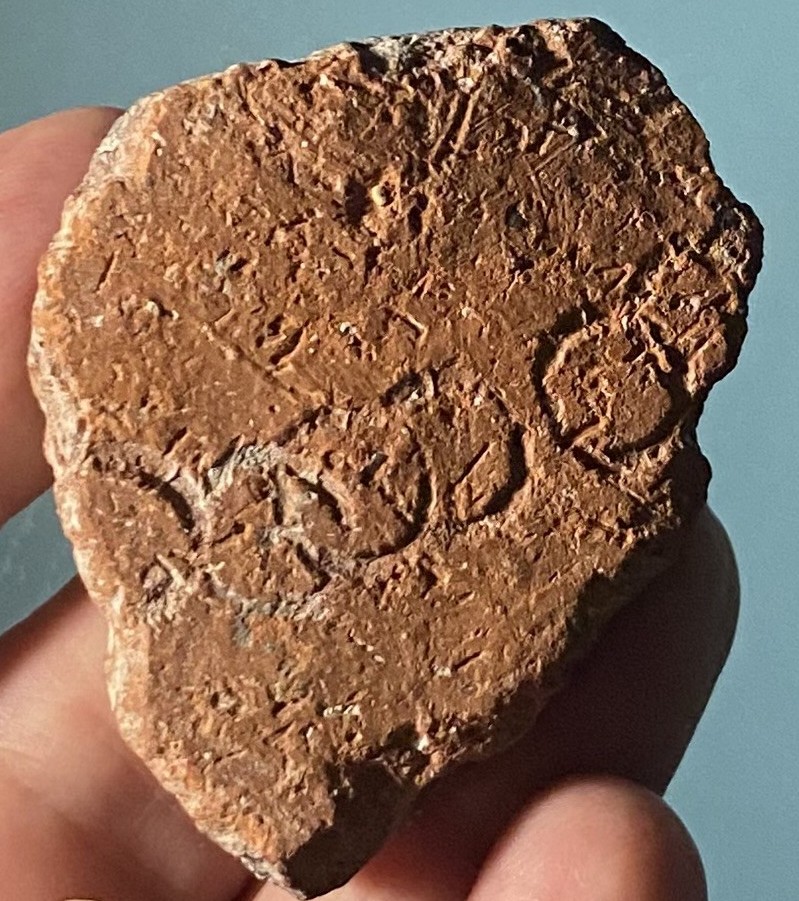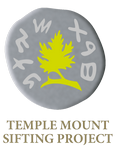Find and Finder of the Month: Reed Impressions in Ceramic Ornamentation

Leah Navarre from France made an exciting discovery while volunteering with the Temple Mount Sifting Project—a ceramic fragment bearing ancient reed impressions.
Reed-based ornamentation is a frequent decorative technique in ancient ceramic production. A segment of reed or any hollow-stemmed plant is pressed into the surface of a vessel once the clay reaches a leather-hard stage—before firing. The result: distinctive impressions that are both beautiful and culturally meaningful.
These impressions span centuries and regions. Byzantine architectural roof tiles often show reed marks on their upper surfaces, hinting at both decorative and symbolic roles. Bronze Age pottery features linear impressions below the rim, possibly indicating ownership, ritual use, or style. In the Iron Age, jugs show perforations along handles, and bowls display concentric or radial base markings—perhaps for grip or ritual significance.

The attributes and the texture of the clay fragment Leah found resembles figurines and cultic vessels from the late First Temple period (ca. 800–586 BCE). Made from local clay and decorated with simple impressions, it may join a growing collection of ritual objects—like miniature temple models, chalices, incense burners and votive figurines—uncovered throughout Iron Age sites in Judah.
Despite extensive disturbances at the Temple Mount before systematic sifting began, even the smallest fragments offer insights into ancient Jerusalem’s material culture and religious life. Each piece helps us to uncover the past, one fragment at a time.
Discover more from The Temple Mount Sifting Project
Subscribe to get the latest posts sent to your email.












Leave a Reply
Want to join the discussion?Feel free to contribute!